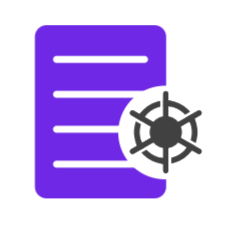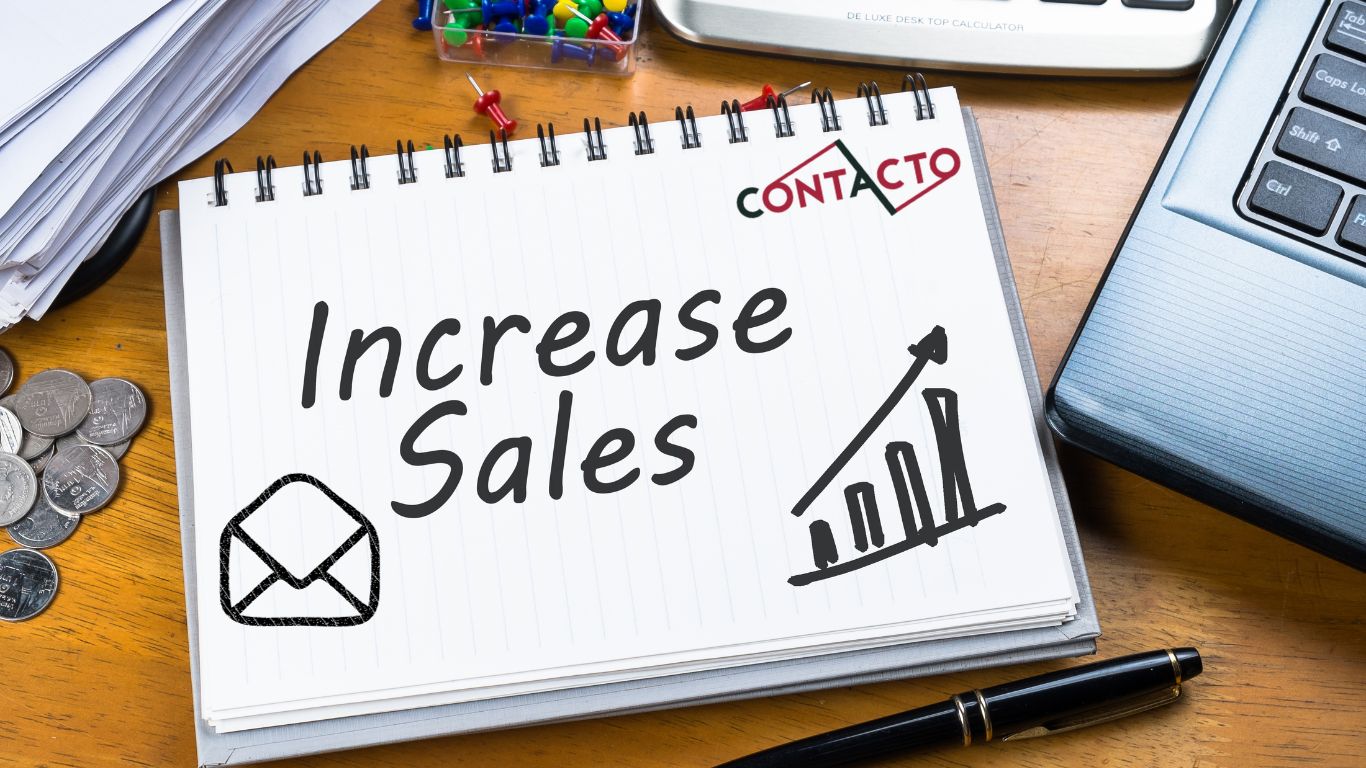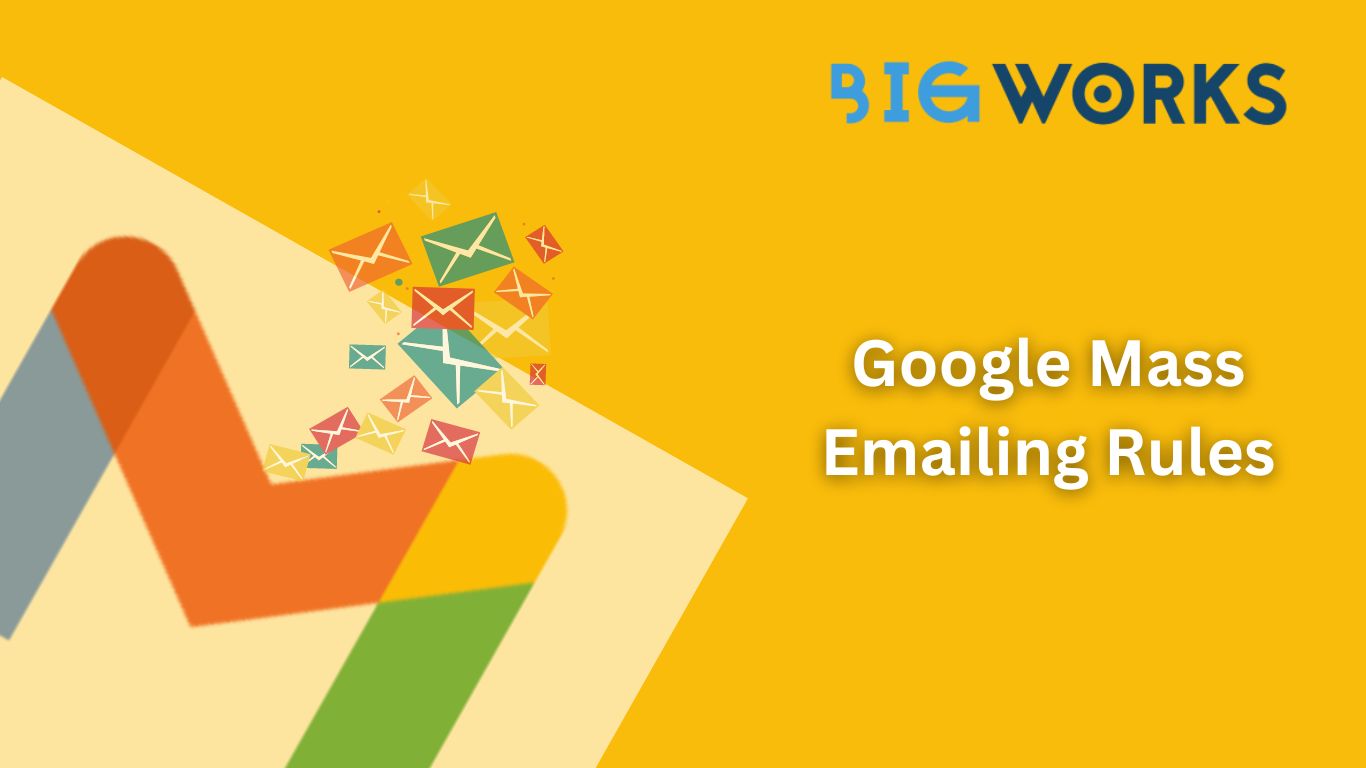“Does email marketing help with sales?” A question every business owner has at some point or another when looking at enormous marketing budgets. Sales and marketing have a contentious relationship. While there is a strong correlation between marketing and sales, it is often hard to gauge what marketing tactics actually work and what don’t. This is such a timeless problem that John Wanamaker, founder of Macy’s remarked almost a century ago “Half the money I spend on advertising is wasted; the trouble is I don’t know which half”.
However, like with most things, using technology in marketing is helping us make a shift. There are processes through which you can discover what kind of marketing spin works best for your customers specifically.
Targeted emails
So how does one go about that? A basic tool to use are targeted emails
Here emails are sent to a very specific group of recipients who are selected based on certain criteria. These emails contain tailored content and messaging to be highly relevant and engaging for the recipients, thus increasing the chances of getting a desired outcome like sales and conversions. Follow these tips for targeted emails:
- Demographic: Filter your recipients based on demographic factors like age, gender, location, education and more, to get better responses.
- Segmentation: Segment your customers into lists, for example, new subscribers, inactive users, or people you want to acquire.
- Interests and behaviour’s: Target users based on interests, preferences and past behaviour. Example, if they’ve shown interest in your competitors, they could also be relevant for you.
- For Leads: Figure out the different stages for your buyers journey and build a relationship with them, or at least let them familiarize with your product.
- Events: these could be about birthdays, subscription renewals, or offers, but it always helps to drop in and create brand recall.
Sales cycles
Now that we’ve discussed targeted emails, let’s talk about leads and sales cycles:
A lead cycle or marketing funnel, is basically the journey of a potential customer before they activate or convert. The different stages can be identified for each customer to send out emails and optimize your sales and marketing strategies.
Here are the stages:
- Aware: Customers are aware of your brand but haven’t converted.
- Interest: Customers who are actively interested and have engaged with your content or emails.
- Consider: Customers are experimenting with buying your product and are comparing it.
- Intent: Customers have reached out for a demo or a quote, or have added your products to the cart.
- Purchase: Customers have converted and now must be retained.
Each of these stages must be considered and emails must be created to address and solve their concerns.
CTAs
You may ask, why is this important? Well if your CTA isn’t compelling enough, nobody will ever convert or end up buying anything via your emails. A CTA, or call-to-action must be clickable and compelling enough for your customer to click on.
Here are some commonly used ones that you start using for potential customers:
- Shop now: to direct to website
- Subscribe (for newsletters)
- Get started: To sign up
- Download now: For e-books
- Book now: For demos
- Contact us: To direct to sales teams
- Share: For social engagement
A/B testing
Lastly, if you followed all the instructions above and still were not able to make sales. You should experiment and see what works for your brand. Emails are not a one size fits all channel, hence A/B testing is important.
To A/B test emails, your objective must be clearly defined. Then you can experiment by playing around with:
- Subject lines: Try and think out of the box
- CTA: try something not commonly used
- Content: Try using graphics or creatives instead of just words
- Timing: Test timings to see when your customers are most active
- Audience: try dividing your audience into small groups and experiment strategies





